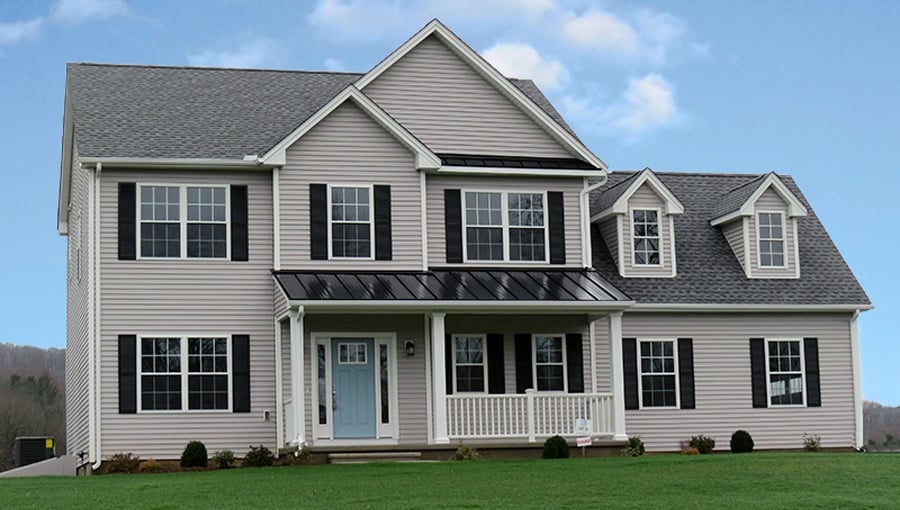How to Evaluate a CT Custom Home Floor Plan
 A good floor plan is one of the most (potentially) helpful tools any prospective Connecticut custom homebuyer has at his or her disposal. That’s why we make detailed floor plans for our Classic Homes and Grand Homes in Bridgewater Estates and for all our homes in our Royal Oaks community available to people looking to build a home in Connecticut.
A good floor plan is one of the most (potentially) helpful tools any prospective Connecticut custom homebuyer has at his or her disposal. That’s why we make detailed floor plans for our Classic Homes and Grand Homes in Bridgewater Estates and for all our homes in our Royal Oaks community available to people looking to build a home in Connecticut.
But what if the floor plans you’re looking at all seem the same to you? How can you evaluate different floor plans so that you don’t feel like you’re just looking at a bunch of lines, squiggles and numbers?
Enough Room
For many homeowners, having enough individual rooms is a big factor. Most listings will indicate the number of bedrooms and bathrooms in the plan. And while that’s not the only important thing to consider, it’s not a bad place to start. Keep in mind, however, that your small children may be able to share a bedroom while they’re little (and you may even prefer that), but at some point, they are probably going to want rooms of their own.
Size Matters
When we say size matters, we’re not just talking about the total square footage of the house (although that is certainly a factor). Consider the size of the individual rooms, as well. A 2,000 square-foot home with three bedrooms feels a lot different than a 2,000 square-foot home with four bedrooms.
Look at the Layout
The way the various rooms of the home are connected—and how “foot traffic” flows from one room to another can be important. Do you want single-level living or do you prefer bedrooms by themselves on an upper floor? Do you want easy, open access to your dining area from the kitchen, or would you prefer a separate (formal) dining room?
Think About Activities
If you entertain a lot, do you want a large open area for guests to wander between kitchen, family room and your dining area? Again, if you have smaller children, do you want them on the same level as your “social” rooms, or do you want them isolated for quiet?
Consider Convenience
Some people find it more convenient to locate the laundry room on the main level. Others prefer having it off of the master bedroom, since so much of a household’s laundry (clothes, sheets, towels) come from that area.
Pay Special Attention to the Kitchen
The role of the kitchen in today’s homes is much more than simply a workspace for preparing food. Your kitchen needs to do that well, but it may also serve as your family’s eating space, homework hub, project corner and general “hang-out” spot when friends are over. Make sure the design of the kitchen will accommodate your lifestyle.
With those things in mind, try to take a “mental walk” through the house. Use those lines, squiggles and numbers to your advantage. Go through the doorways and up and down the steps in your mind. Does it feel comfortable and welcoming to you? Take note of the numbers (dimensions), but also pay attention to what you think it will feel like to move from room to room.







